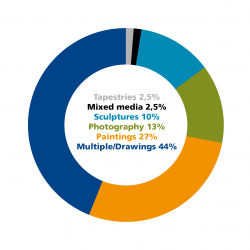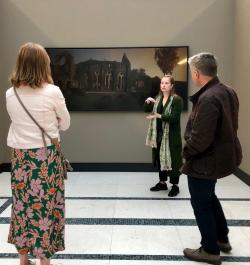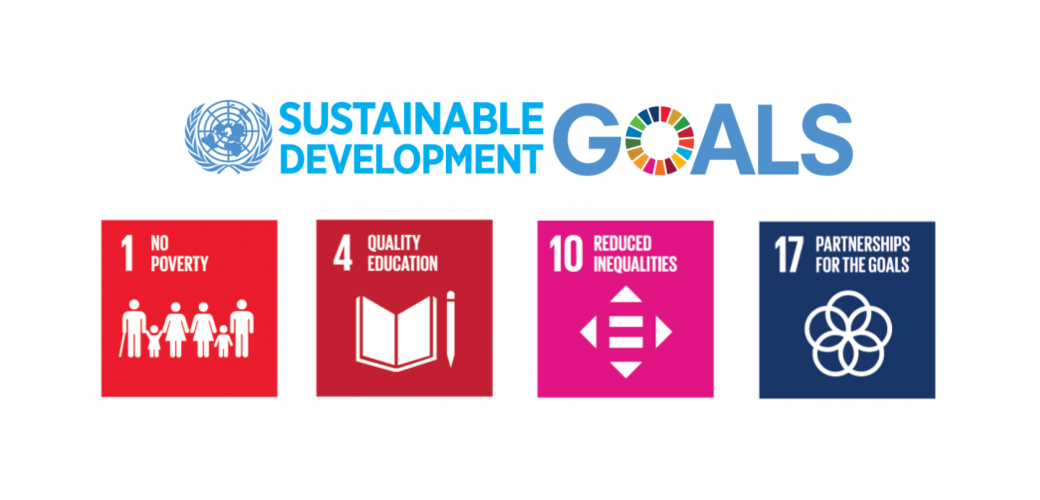Supporting socially valuable projects

Our sponsorship policy is designed to lend financial support to socially valuable projects, with key focus areas being sustainability and the promotion of diversity and inclusion. We also support Belgian artists, with purchases aimed at recognising and supporting artistic creation throughout the country. We wish to further open our collection to art historians, cultural partners and the general public.
The focus areas of our sponsorship policy are diversity, inclusion and sustainability

Our sponsorship policy is designed to give socially valuable projects a financial boost. The initiatives we support focus on diversity, the inclusion of young talent and vulnerable groups, and sustainable development.
Examples include Boost, Teach for Belgium and DUO for a JOB. Boost provides socio-economically disadvantaged young people from Brussels with training and personal development opportunities. Teach for Belgium aims to reduce educational inequalities by turning recent graduates and professionals into inspiring teachers at schools with a large percentage of disadvantaged pupils.DUO for a JOB puts young, migrant-background jobseekers in touch with volunteers over 50, who help them navigate the job market.
We wish to involve our staff in these initiatives as well.
Opening our art collection to the general public

Since 1972, we have been actively supporting Belgian artists, each year making substantial efforts to grow our art collection . Many of the works from our collection are displayed in our offices and meeting rooms, creating an original, unique and stimulating environment for our staff. Our purchases are aimed at recognising and supporting artistic creation throughout the country, and one of our goals is to increasingly open our collection to art historians, cultural partners and the general public.
Our collection currently contains around 2,000 works of art. Most are drawings or paintings, but we also have photographs, sculptures, tapestries and works on other media.

In 2019, we organised for the first time an exhibition of selected artworks from our collection, together with the Deutsche Bundesbank. A similar exhibition, this time with the Banco de España, ran from 21 May to 18 September 2022. In the long run, we wish to make a catalogue of our collection available to art lovers, students and historians. In the meantime, however, numerous cultural institutions in Belgium can already borrow works from our collection for exhibitions or other events.
Although our collection is relatively modest, it is unique in its focus on artists who have left the beaten track. This special contribution to the Belgian cultural scene is highly appreciated by artists and art centres as well as the press and the general public.
The art collection of a central bank should be exhibited, not kept behind closed doors. In this way, we hope to make a small but noteworthy contribution to society.

